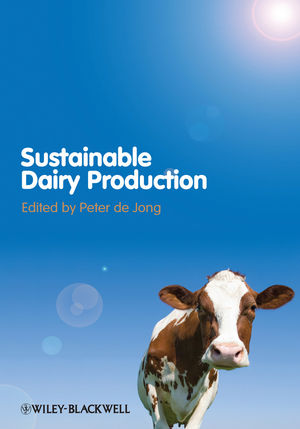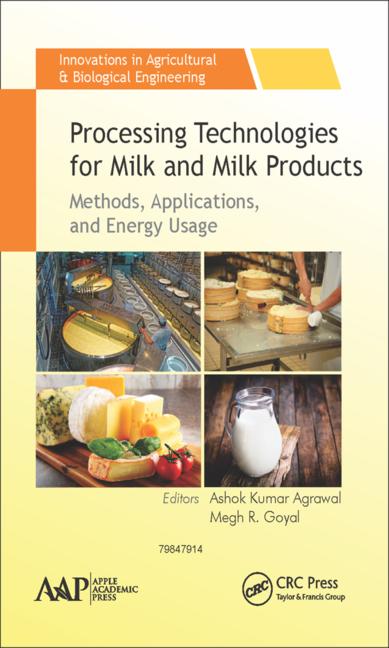USDA weekly prices
Cheese production remains high; milk levels off

Cheese production levels remain high as milk looks to find a home away from Class IV production, for the week of May 7 to 11, according to Dairy Market News, published by the U.S. Department of Agriculture.
Meanwhile, milk production in the Northeast and Mid- Atlantic regions has leveled off and indications are the two regions are at or near the seasonal peak. Manufacturing milk supplies remain heavy. Class I demand is steady, USDA reports.
Discounts are being offered to prompt cheese plants to take on extra milk. Cheese plants are cautious without the discounts to build inventories. Domestic sales are moderate as some buyers are waiting to see if prices will go lower before committing to added purchases. Export sales remain above year ago aided in part by CWT assistance.
Cash trading at the CME Group this week has been mostly lower, but firmed slightly by weeks' end with the bulk of the activity taking place in barrels. There were moderate sales of 14 loads of barrels with only 3 sales of blocks for the week. Barrels closed Friday at $1.4500, while blocks closed at $1.5000.
Florida’s milk production continues decline as heat and drought conditions are taking their toll. Active yogurt production is adding to the cream supply and contracted cream deliveries are at increased volumes. In the Midwest, various milk handlers report their farm milk intakes are steady to dropping slightly for the week compared to the previous week. Component values are also starting a slow, seasonal decline. Spot milk availability in the region declined while sales into ice cream and ice cream mix facilities increased.
Milk production in California remains uneven. Areas in northern California are seeing milk production move higher, while other areas are generally flat to occasionally lower. Temperatures are warming up, but not impacting cows. Arizona milk production is trending lower, moving away from the recent seasonal peak. Processing plants continue to work on extended schedules to handle the milk supplies. Western Cream markets are steady at weak pricing levels. Milk production in the Pacific Northwest is reported to still be heavy, although this week showed some relief from excess production in the region. Utah and Idaho milk production is following expected levels. Milk from the region is being processed locally as manufacturing capacity is adequate for current needs.
Looking for a reprint of this article?
From high-res PDFs to custom plaques, order your copy today!







